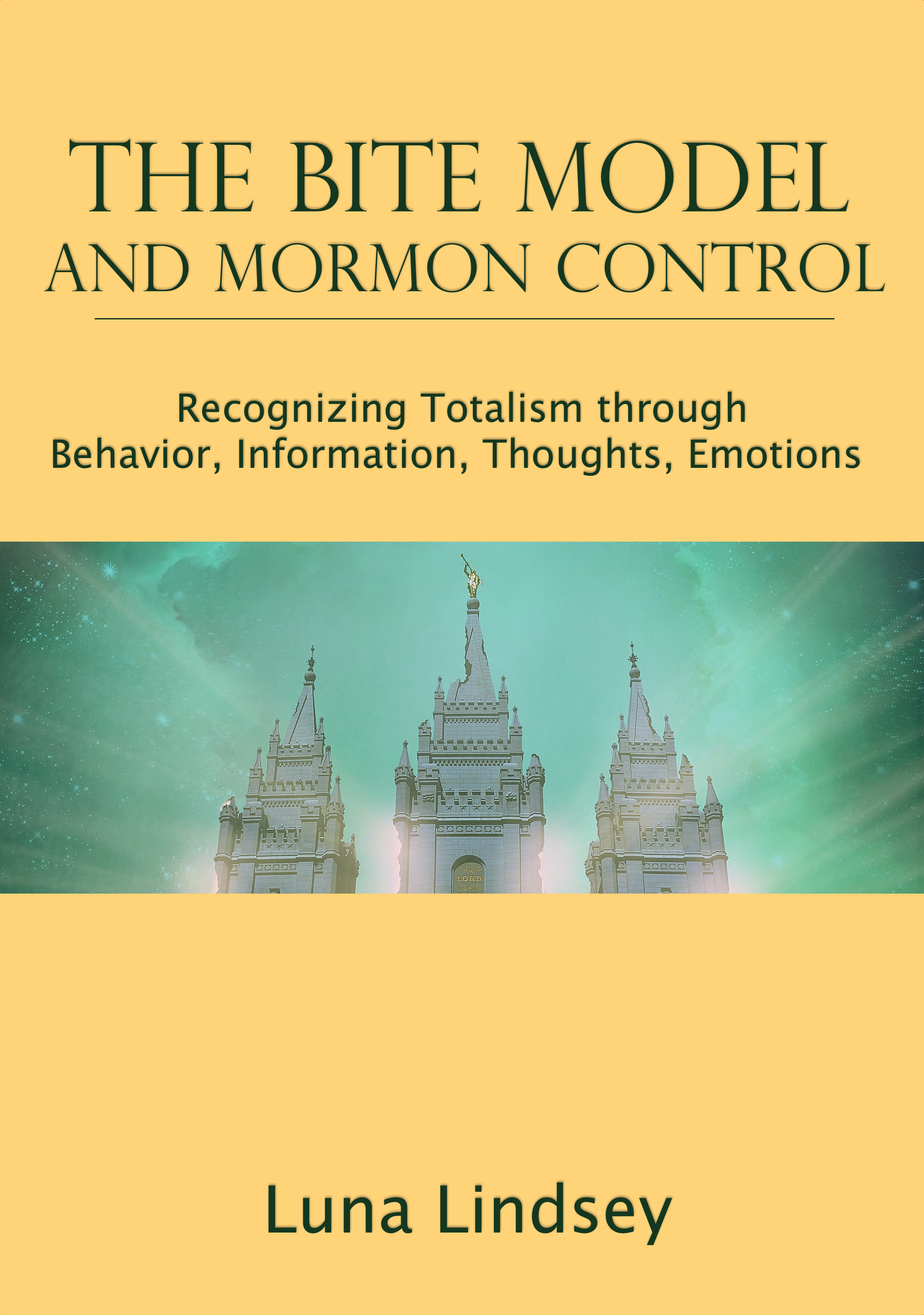In most cases in the United States, a cult leader cannot abduct you, confine you, hold a gun to your head, or torture you. They cannot physically debilitate you, so instead, modern cults resort to deception.
There is little difference between a con man’s schemes and a cult recruitment program. The goal is to make you feel special and then spin an appealing yarn about how much you need the group, how happy you’ll be, how much you need them, how your life will improve. They appeal to your imagination, your ideals, your dreams, and your existing beliefs. A tailor-made picture is painted about how unique the group is, how kind and intelligent and holy the leader is, and how joyous the members are. Promises are made about how the group will benefit you.
If there are any negatives about the group, these are hidden. You will not be told up front just how much will be expected of you in terms of time, money, loyalty, and obedience. Deeper doctrines and higher levels of the group are also hidden. In Mormonism, this is known as “milk before meat”, “do not cast pearls before swine”, “it’s sacred not secret”, and “line upon line”.
Recruiters will speak with a sincere believability, because they themselves believe what they are telling you.
Once you have been recruited, the deception continues. Facts about the organization’s history, the actions of the leaders, errors and conflicts in dogma, where the group’s money is being spent, problems members are having, or anything that might put the group in a negative light, is obfuscated or lied about. Converts now become part of promoting the deceptions. They put on their happy faces (whether they are happy or not) and begin painting the same pictures for others (whether they are aware of the deceptions or not).
Learning about the specific deceptions of your cult is also helpful to assist in recovery, but there is no room to expound upon them here. Ample information is available on the Church’s historical deceptions both online and in numerous books.
Here is a brief list of the more commonly discussed historical controversies:
- The Mountain Meadows Massacre
- The destruction of the newspaper “The Nauvoo Expositor” by Joseph Smith and a mob he controlled
- The theocratic power wielded by Brigham Young
- Doctrines that were taught by Brigham Young which are now suppressed, such as the Blood Atonement, that gave justification to killing fellow members
- The Mormon role in Missouri that prompted, or at least exacerbated, their persecution
- Joseph Smith not only practiced polygamy, but married women who already had living husbands
- Mormon women once held and used the Priesthood
- Joseph Smith was a convicted con-man and treasure hunter prior to his claims of angelic visions
- The temple ceremony has been changed multiple times over the past 150 years
- Scrolls translated into the Book of Abraham are actually common Egyptian funerary texts
- Joseph Smith “translated” the Kinderhook Plates, which were actually created with random, meaningless symbols by contemporaries who tricked him
- Joseph Smith and later prophets made specific prophecies that failed to come true
- That Joseph and Hyrum Smith joined Freemasonry just months before introducing the temple ceremony, which is remarkably similar to Masonic rites.
Finding out about the Church’s financial dealings is much more difficult because their accounting is hidden from members and the world at large. Again, more information about the financial deceptions of the Church can be found online and in books dedicated to the subject.
Perhaps more damaging than deceptions about distant facts, are personal and ethical deceptions that affect real people on a daily basis.
Mormon culture places a huge emphasis on “keeping up appearances”. On a social level, it is more important to appear righteous than it is to actually be righteous. A hypocritical member can easily get away with binge drinking or other “sins”, so long as he keeps his hair cut, wears a white shirt to church, and quotes a scripture now and then. Even men who are caught in adultery can get away with it with a slap on the wrist, so long as people perceive them as a “spiritual giant”, upstanding in many other ways. The higher the rank (Bishop, High Council, Stake Presidency, and up), the lighter the sentence often is, and the more people are willing to brush it off as a human mistake — if they even find out.
Because of all the “Have-tos” and “Shoulds”, personal emotional deception is common. For example, Mormons are supposed to be happy all the time. A Christlike countenance is a cheerful one. Righteousness leads to happiness, and wickedness to misery. Yet familiar to me is the bright smile under sad eyes, the stressed, unappreciated woman with seven kids who can never give enough, yet she must remain perky, suppress her depression, anguish, and anger, and carry on… “Do your duty with a heart full of song.”
Only positive church experiences are openly discussed. Negative experiences are never the cause of the Church. In testimony meetings, we may hear about sickness, the negative actions and influences of other people, the member’s own spiritual weakness or struggle.
We never hear, “I went on a mission and my companions all treated me terribly and the rules were too strict and I hated that I couldn’t talk to my family,” inside official Mormon channels (yet we do outside them). It is instead acceptable to laugh off these problems with a joke, and spend more time expounding on the beautiful native people and rare spiritual experiences. More serious problems are never even mentioned.
Likewise with family difficulties, marital issues, psychological problems, negative encounters with Church leadership, unfulfilled spiritual promises, and all manner of other important personal issues that are never allowed to be seriously addressed within the rigid Church structure. Appearances must be maintained.
Abuse scandals abound in the Church, yet these are buried at the source. Accusations of abuse are discounted, minimized, or outright disbelieved. This re-abuses the victim and halts the healing process, at the very time the victim is seeking help from the very Priesthood leaders she has been taught to trust.
When the facts threaten to destroy your entire perception of reality — when the basis of your entire way of life are in danger of toppling, avoidance is sometimes the only answer. The Church and its members will avoid cognitive dissonance, to the point of deception and denial, even when they cause prolonged misery within self and others.
Read more about Deception in my book, Recovering Agency: Lifting the Veil of Mormon Mind Control.



